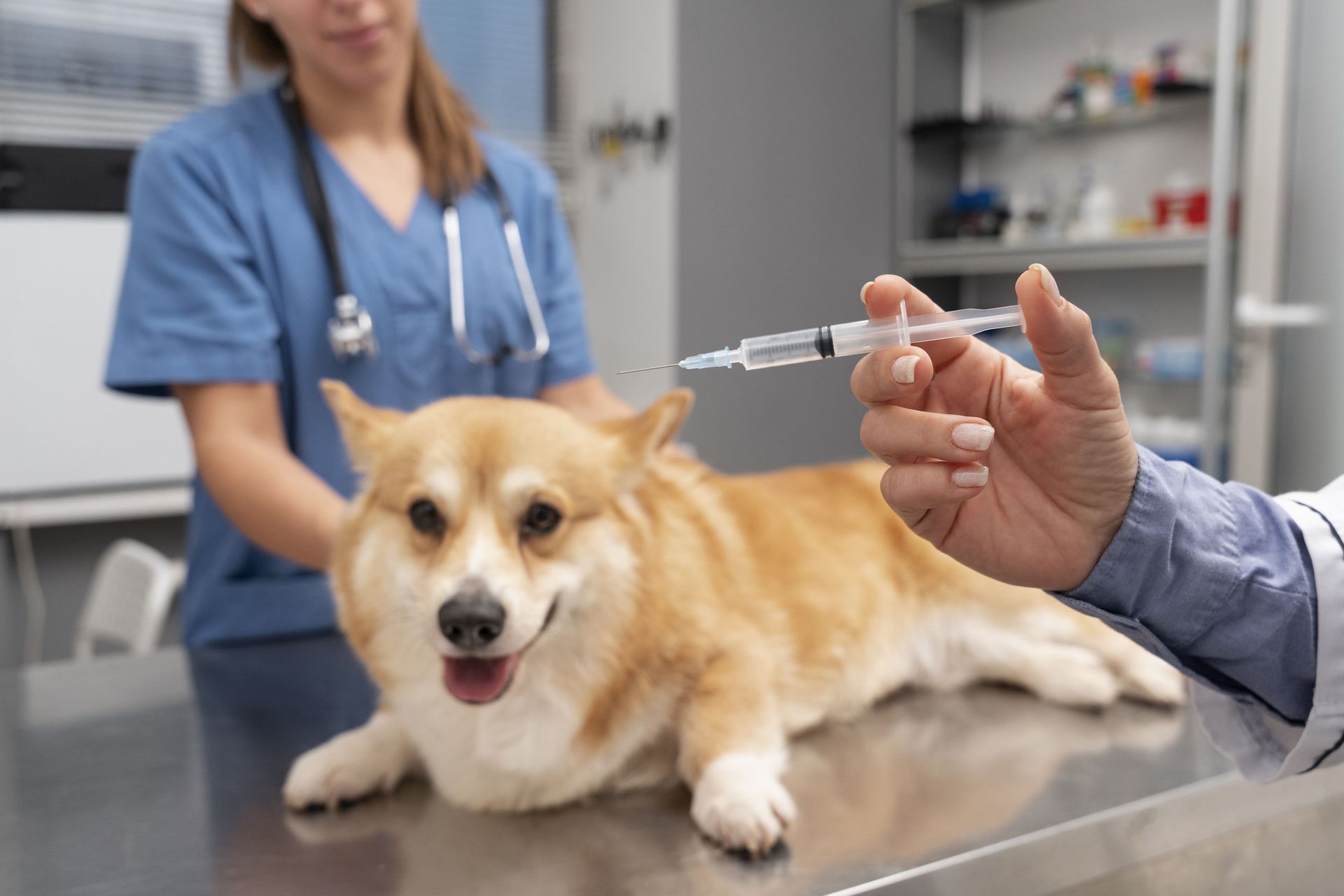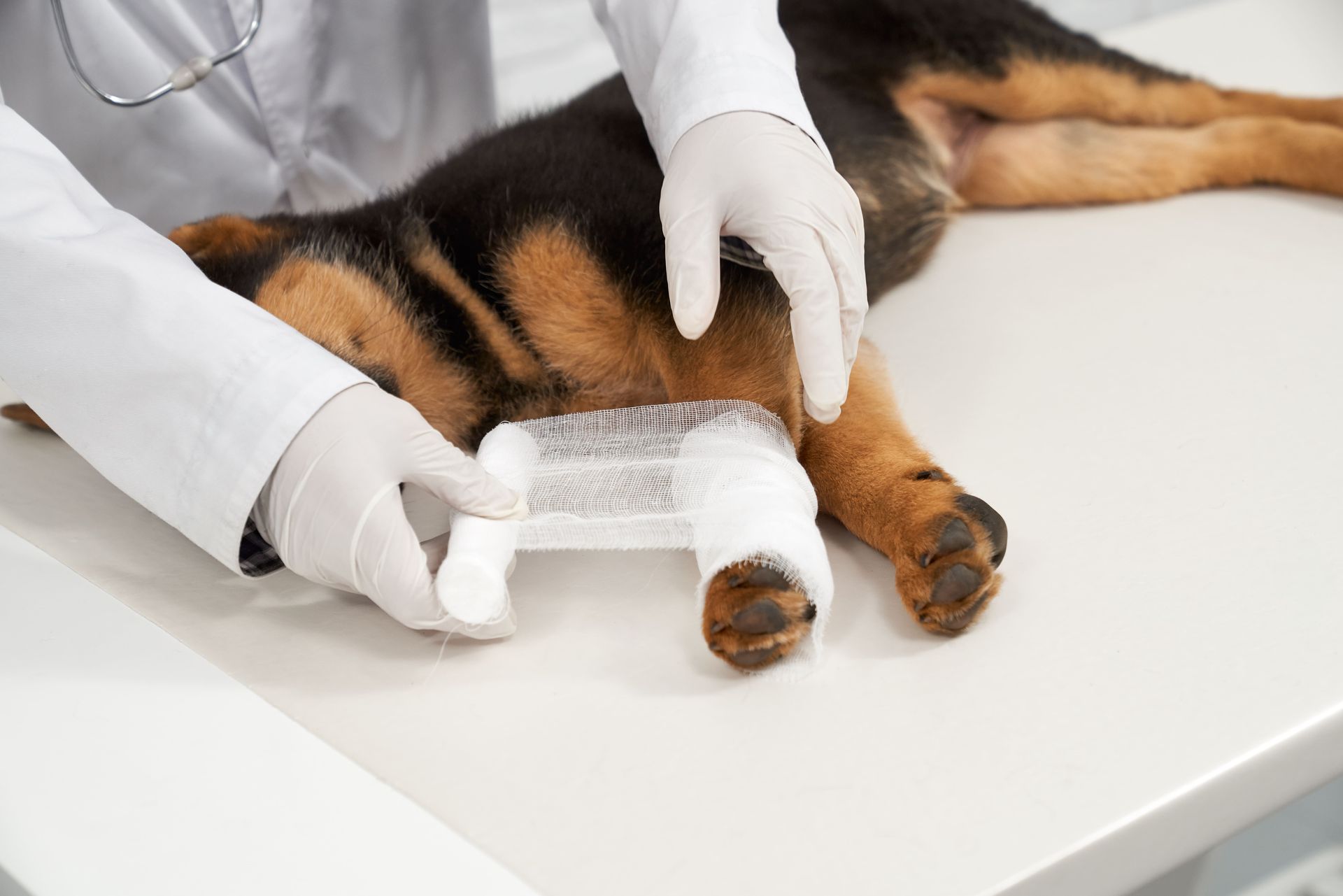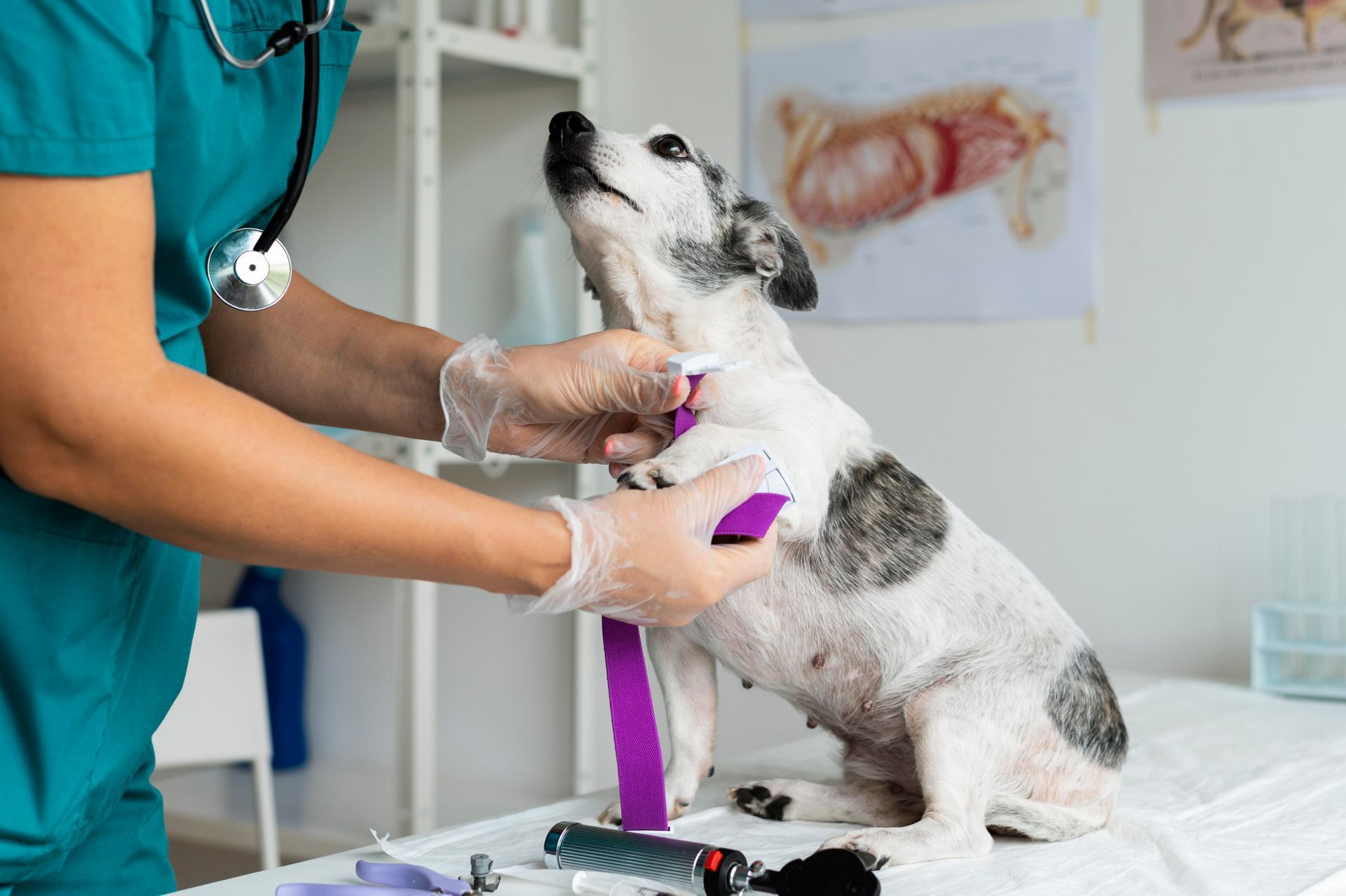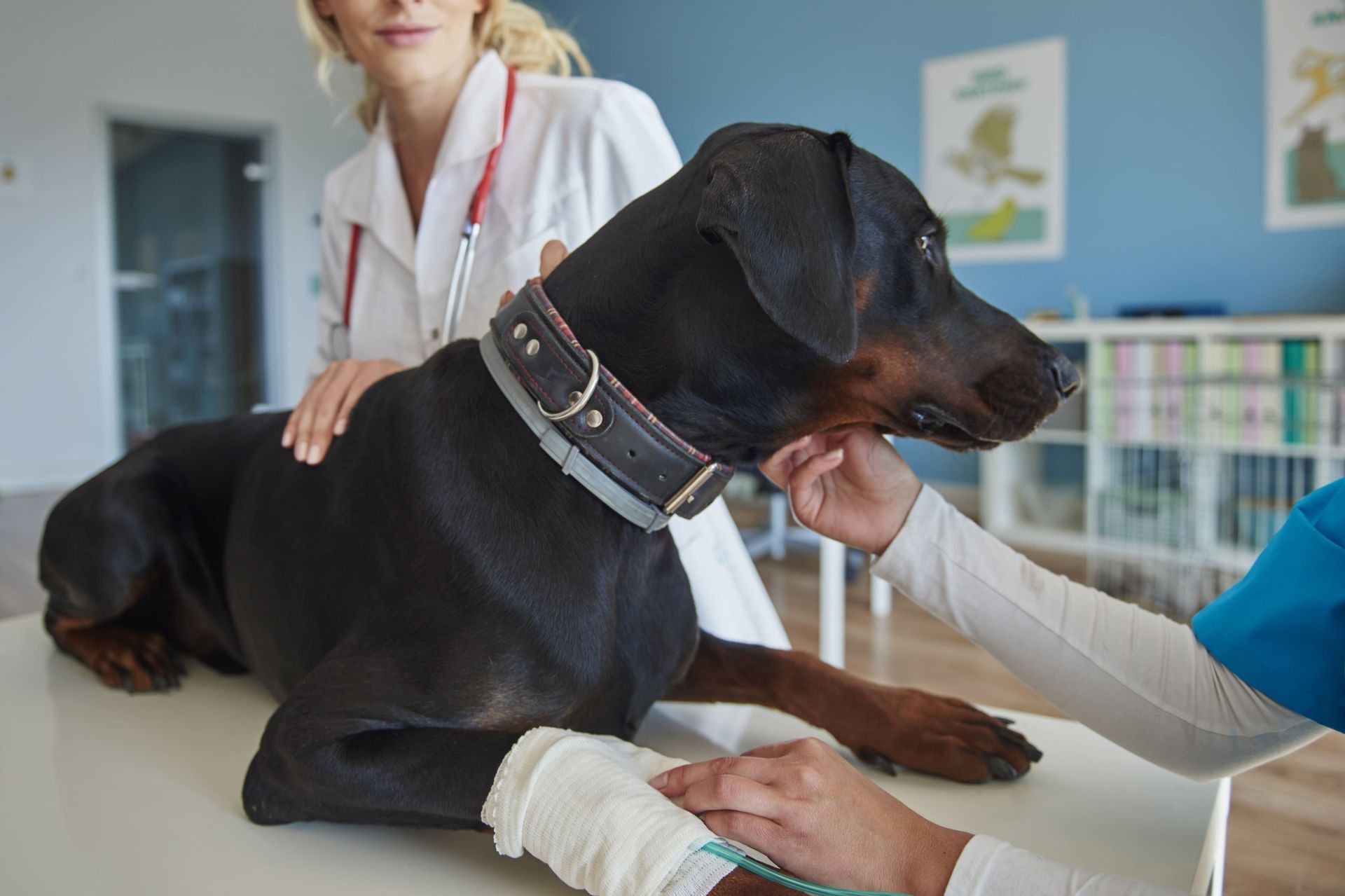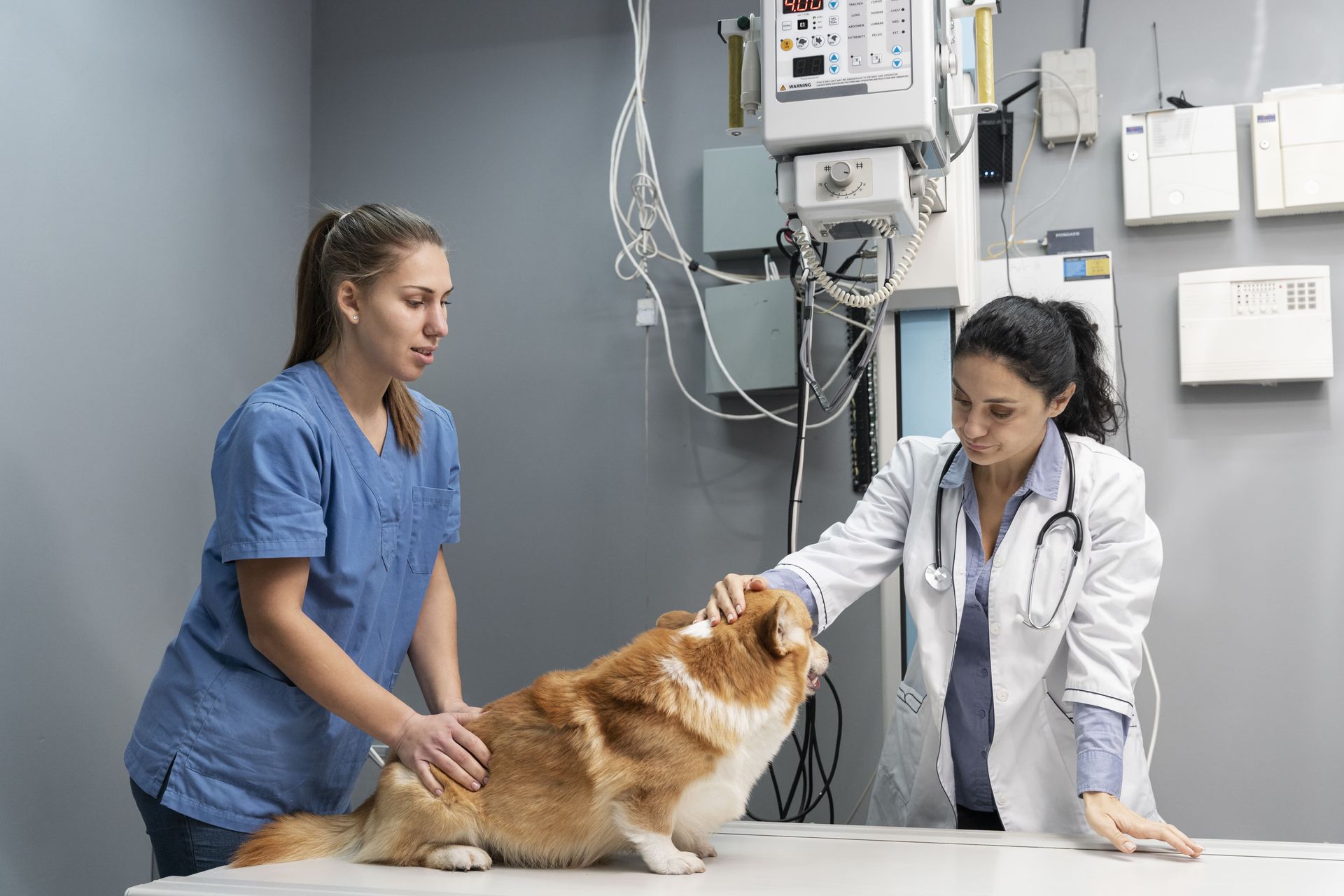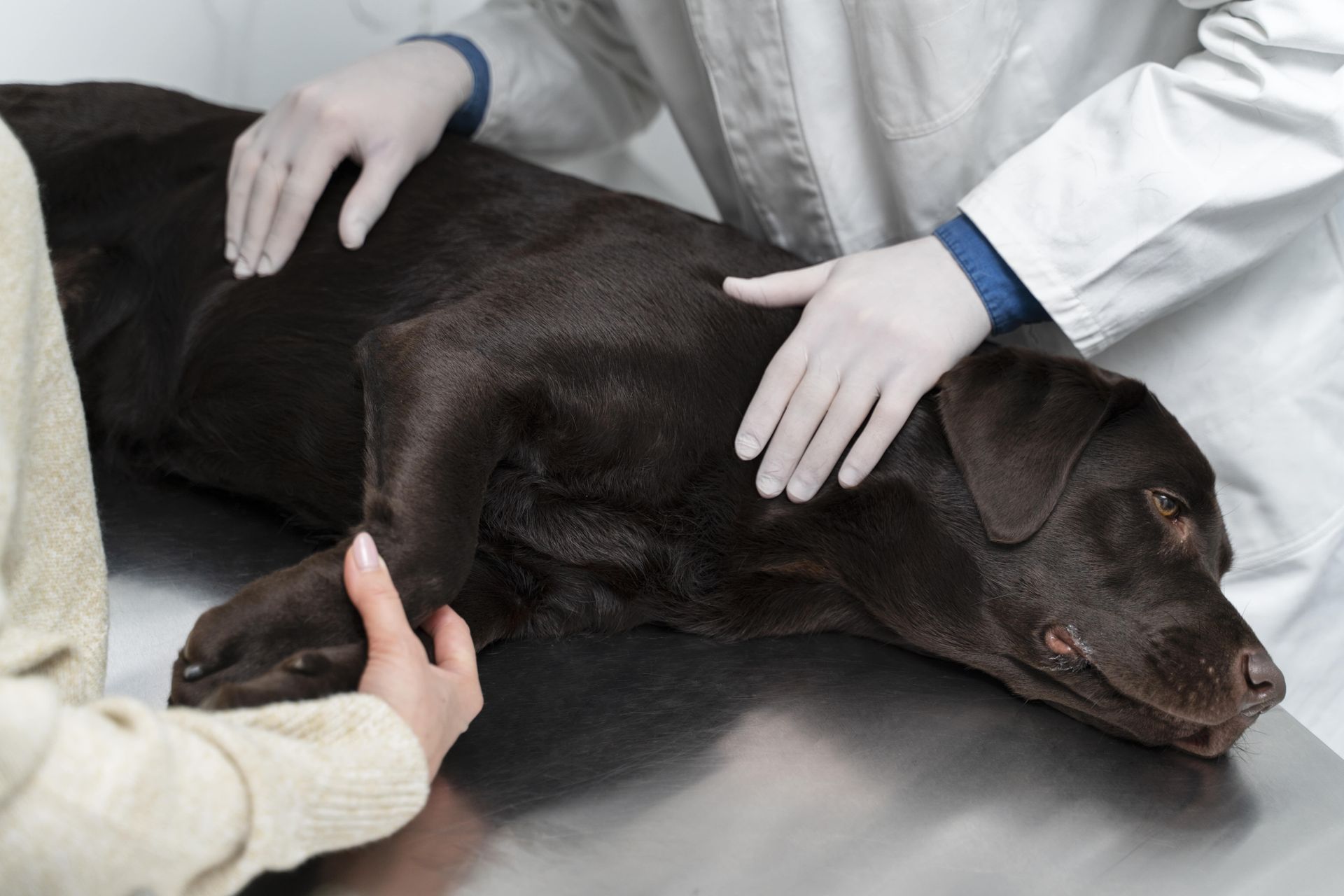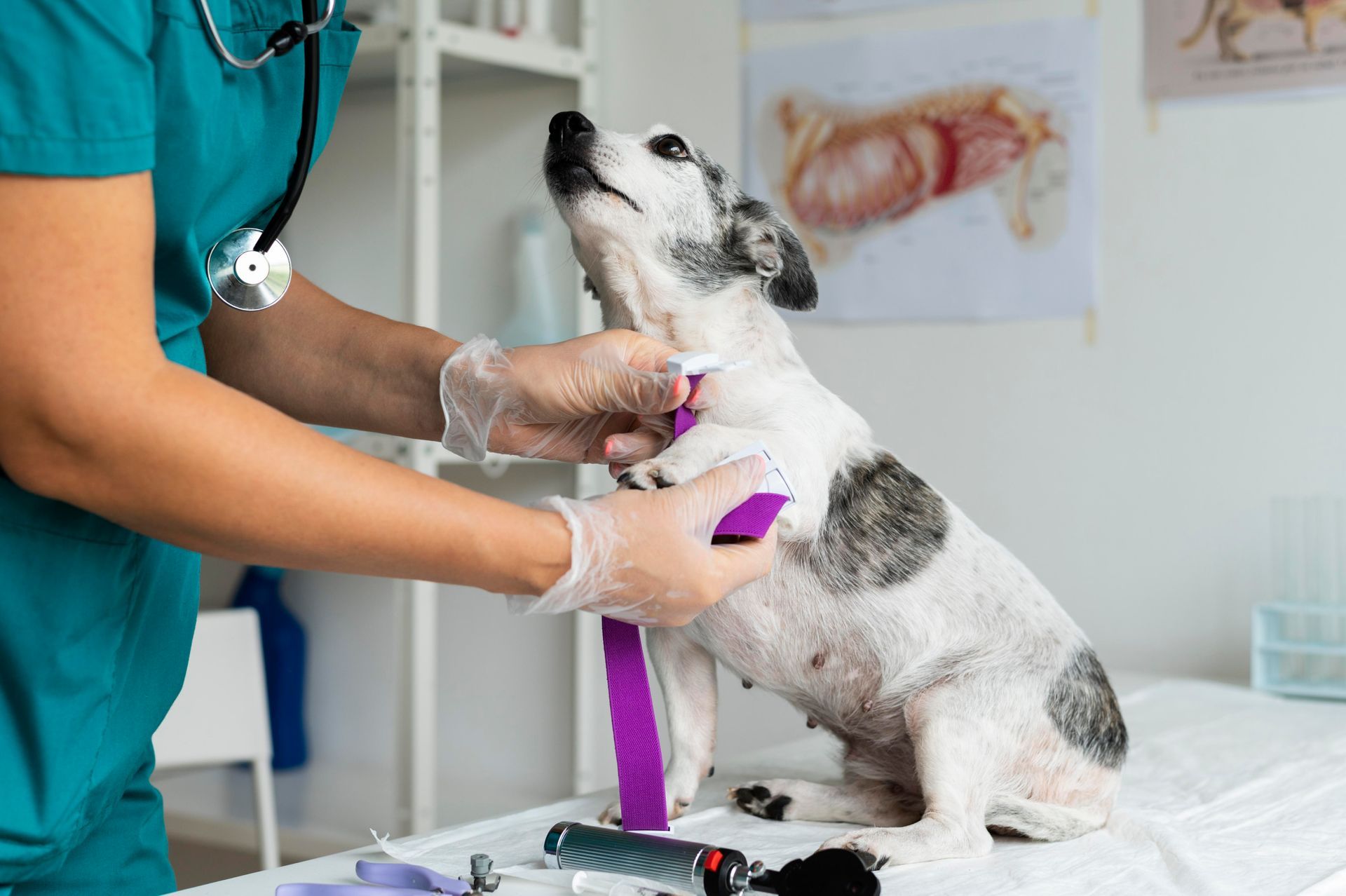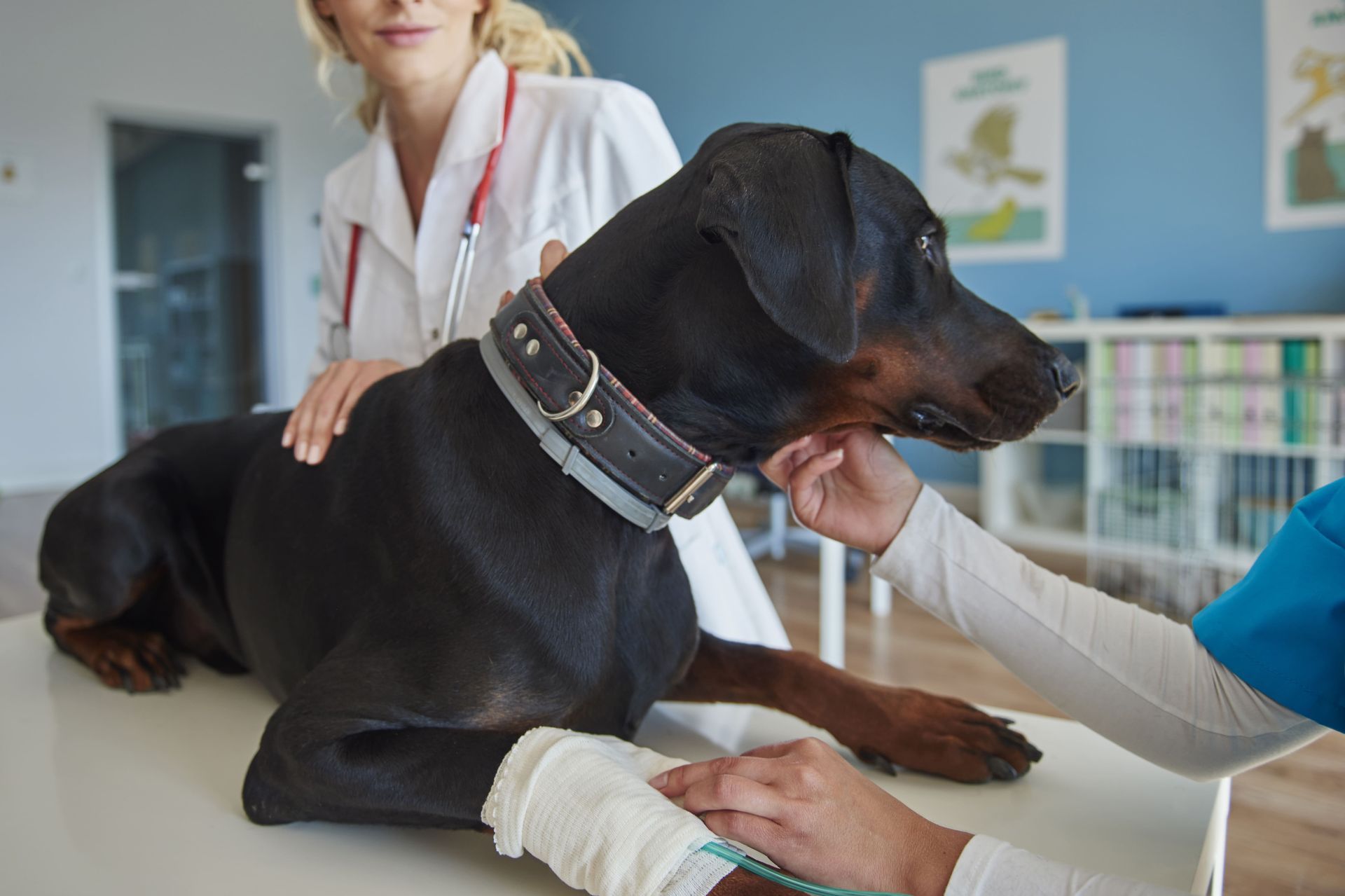7 Benefits of Regular Pet Ultrasound Exams in Fairlawn
In the bustling town of Fairlawn, pet care is a top priority for many loving owners. As science continues to advance, so do the methods of keeping our furry friends healthy and happy. One tool that has become increasingly popular among veterinarians is the pet ultrasound. This non-invasive diagnostic technique offers a window into your pet’s health, ensuring early detection and effective management of numerous conditions. Let's explore the incredible benefits of regular pet ultrasounds and how they can make a notable difference in your pet’s life.
1. A Non-Invasive Diagnostic Option
Pet ultrasound technology allows veterinarians to examine the internal organs of pets without any need for surgery. This painless procedure ensures that your pet experiences minimal discomfort while providing detailed insights into their health condition. By using high-frequency sound waves, ultrasounds create images of the inside of your pet’s body, much like an echolocation system, giving vets crucial information beyond what an external exam can offer.
Many pet owners are concerned about exposing their pets to invasive procedures that could cause stress or require recovery time. Fortunately, pet ultrasounds are a preferred choice for diagnostics as they do not involve any incisions or anesthesia. This non-invasive nature means puppies, senior pets, and animals with health issues can benefit without additional risk. Our veterinary services at Lincoln Avenue Cat and Dog Hospital ensure that your pet receives the least stressful experience possible during these diagnostic exams. Think of it as a superpower in veterinary diagnostics—quiet, precise, and incredibly informative.
2. Early Detection of Health Issues
Regular pet ultrasound exams can identify health issues such as tumors, cysts, and organ abnormalities before they become serious. Early detection can lead to more effective treatment options and a better prognosis for your pet. For instance, liver disease in pets can be hard to diagnose in its early stages, but with ultrasound technology, changes in liver size or blood flow can be spotted and treated before they progress. By catching red flags early, you give your pet the best shot at a long and joyful life—tail wags included!
3. Monitoring Chronic Conditions
For pets with chronic conditions like heart disease or kidney problems, pet ultrasounds help in monitoring the progression of the disease. It allows veterinarians to adjust treatment plans accordingly to ensure optimal management of the condition. Regular monitoring can reveal small changes over time, which might otherwise go unnoticed with less frequent checks.
The ability to monitor the evolution of chronic conditions through visuals can be a massive relief for many pet owners. Through pet ultrasound, veterinarians are able to tailor treatment regimens that are specific to how a particular condition is developing in real-time, potentially extending the duration and quality of life of your pet. Visit our chronic condition care page for more details on how we handle ongoing health issues in pets. After all, chronic doesn’t have to mean unmanageable—with the right tools, it becomes treatable.
4. Safe for All Life Stages
From young puppies to senior cats, pet ultrasounds are safe for animals of all ages. This makes it a versatile tool in ensuring the health of pets throughout their lives, accommodating their changing healthcare needs. Puppies may need ultrasounds to check for developmental issues, while older pets might require them to screen for age-related changes in the heart or other organs. The technology provides reassurance that your pet is in good health or allows early intervention if something is amiss.
As pets grow, their medical needs evolve. Using pet ultrasounds throughout their lives ensures that any medical concerns are addressed promptly at each stage. Unlike some diagnostic alternatives that may pose a risk to younger or older animals, ultrasounds present a universally safe option across all life stages, facilitating regular health check-ups without adverse side effects.
It’s the kind of consistent care that builds a healthier future for your furry companion.
5. Effective in Pregnancy Monitoring
For pregnant pets, pet ultrasound exams are invaluable in monitoring the health and development of the unborn. It can help detect any complications early on, ensuring both the mother and offspring receive proper care. This is particularly critical for breeders who need to keep a close eye on the development of the litter to make informed decisions about health care.
Pet ultrasound during pregnancy not only aids in detecting potential risks but also helps veterinarians estimate the number of offspring and assess their vitality before birth. This kind of information is essential for making arrangements before the expected delivery date and preparing for any potential difficulties that might arise during or after birth. Monitoring with ultrasound can therefore be somewhat analogous to prenatal care in humans, allowing closer observation of fetal development.
6. No Exposure to Harmful Radiation
Unlike some diagnostic procedures, pet ultrasound does not expose pets to radiation. This makes it a safe option for recurring exams, particularly for pets requiring frequent monitoring. This safety factor is especially comforting for owners of pets who need ongoing medical surveillance, offering a risk-free way to stay on top of your pet’s health without accumulating radiation exposure over time.
Radiation exposure can be a concern for both immediate and long-term health effects. Therefore, opting for a radiation-free option like pet ultrasound is not only beneficial but necessary for certain pets. Many pet owners feel relief knowing that the diagnostic process does not compound any existing health concerns, allowing for a more comprehensive monitoring plan that prioritizes safety above all.
7. Cost-Effective Peace of Mind
Regular pet ultrasounds, though initially an investment, can save on costs in the long run by preventing the need for more extensive treatments. The peace of mind that comes with knowing your pet’s health is being closely monitored is invaluable. Routine diagnostics can catch health issues in their nascent stages, potentially averting costly surgeries or long-term treatments.
The cost-effectiveness of pet ultrasound exams is important to consider. Early intervention often means less aggressive and less expensive treatments. The combination of preventive care and the safety net of early diagnosis aligns well with smart pet care budgeting. If you’re interested in how to manage your pet health expenses better and learn more about our pricing, visit our site for more information.
Conclusion: A Window to a Healthier Life
Your pet is more than just an animal—they're family. And just like any family member, they deserve access to the best care possible. Pet ultrasound has emerged as one of the most powerful, non-invasive, and safe diagnostic tools in veterinary medicine today. Whether you're ensuring early detection of illness, monitoring chronic conditions, or simply staying proactive, pet ultrasound allows for a compassionate, efficient approach to modern pet healthcare.
At Lincoln Avenue Cat and Dog Hospital, we believe every heartbeat counts. Let us help you keep your companion happy and healthy—one ultrasound at a time.
FAQs
Q1: How often should my pet get a pet ultrasound?
Ans: It depends on your pet’s age, breed, and medical history. Healthy pets may only need it during annual check-ups, while pets with chronic or developing conditions may require more frequent scans.
Q-2: Is sedation required for a pet ultrasound?
Ans: In most cases, sedation is not necessary. However, in rare instances where the pet is extremely anxious or uncooperative, light sedation may be used for accurate results.
Q-3: Can a pet ultrasound detect cancer?
Ans: Yes, a pet ultrasound can help detect tumors and abnormal growths, allowing veterinarians to investigate further with biopsies or additional imaging if necessary.
Q-4: What is the average cost of a pet ultrasound?
Ans: Costs can vary depending on the area and the complexity of the scan, but on average, it ranges between $200 and $500. At Lincoln Avenue Cat and Dog Hospital, we provide transparent pricing and personalized care plans.

